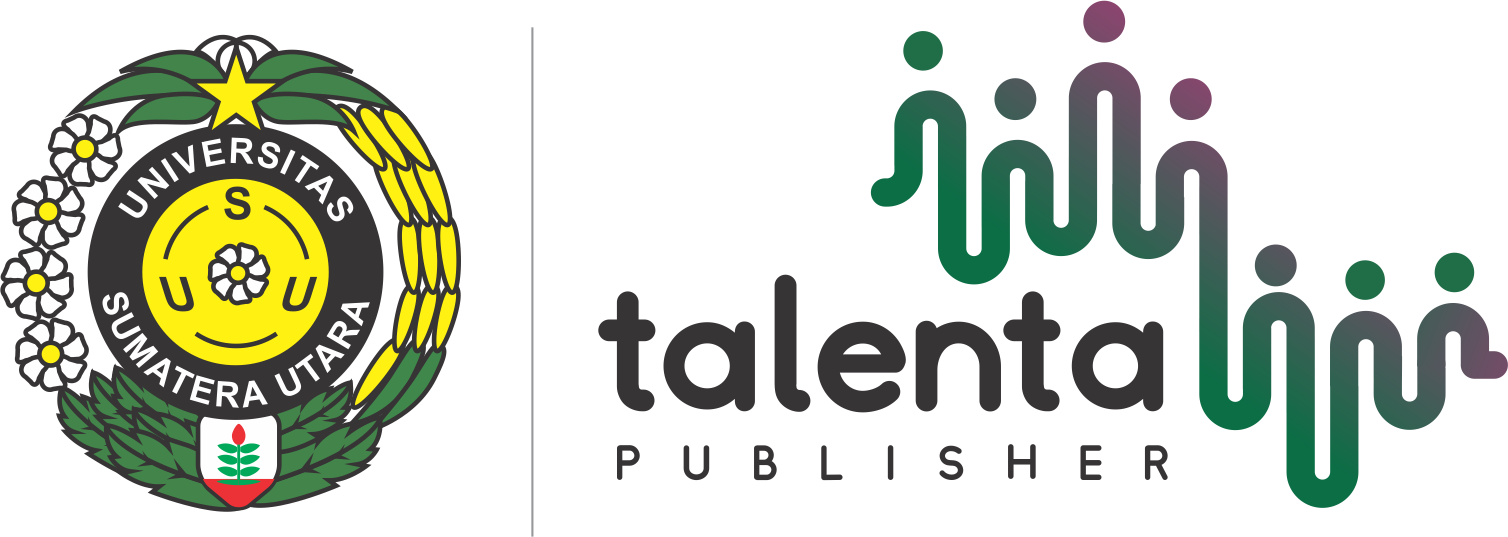Japanese Language Beginner Student Perspective on Reading Lesson/Dokkai Using Marugoto A1 Starter Books: Case Study of Al-Azhar University Indonesia
| Authors | ||
| Issue | Vol 7 No 3 (2024): Talenta Conference Series: Local Wisdom, Social, and Arts (LWSA) | |
| Section | Articles | |
| Section |
Copyright (c) 2024 Talenta Conference Series  This work is licensed under a Creative Commons Attribution-NonCommercial-NoDerivatives 4.0 International License. |
|
| Galley | ||
| DOI: | https://doi.org/10.32734/lwsa.v7i3.2114 | |
| Keywords: | Reading material Japanese beginner learner Marugoto A1 Starter | |
| Published | 2024-04-19 |
Abstract
Reading a language fluently is a skill that needs to be trained and used and is essential to support other basic language skills, especially speaking and writing. In the current educational context, mastering a foreign language—specifically, Japanese—has become crucial. Marugoto A1 Starter textbooks are popular options for teaching the Japanese language in numerous educational institutions. This research will use a qualitative descriptive with a questionnaire for primary data collection. This research intends to analyze problems during the Japanese Language reading learning process using Marugoto A1 Starter books, viewed from the Japanese beginner-level student's perspective at Al-Azhar University Indonesia. The result of this study indicates that Romaji letters are still used in Marugoto A1 starter beginner-level books, which deters learners from reading Hiragana and Katakana. Results show that the students responded positively to using the Marugoto A1 Starter book by adding romaji letters, comprehensible connections between sentences, and illustrations supporting reading material comprehension. The audio is also considered helpful in pronunciation and understanding spoken Japanese language. However, from a student's perspective, there are highlighted limitations in the Marugoto A1 Starter book, particularly the absence of Kanji characters in the reading materials. This gap corresponds to a specific course within the curriculum dedicated to teaching Kanji and Japanese vocabulary. Additionally, students desire longer or more varied reading materials, such as diaries, short stories, manga, and recipes. Based on these findings, recommendations for instructors using the Marugoto A1 Starter book are provided. Integration of Kanji teaching with reading lessons and developing Kanji-inclusive texts are suggested. Moreover, diversifying classroom activities, such as shared reading and discussion, can boost student engagement and interest. Gathering student feedback is also encouraged to tailor teaching and discovery learning methods effectively. Implementing these approaches will enrich Japanese language learning, particularly in reading proficiency.






